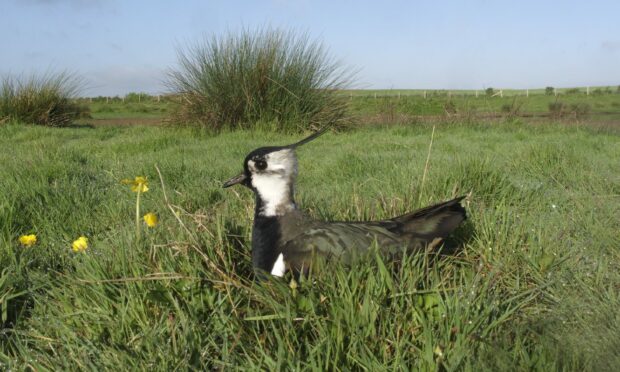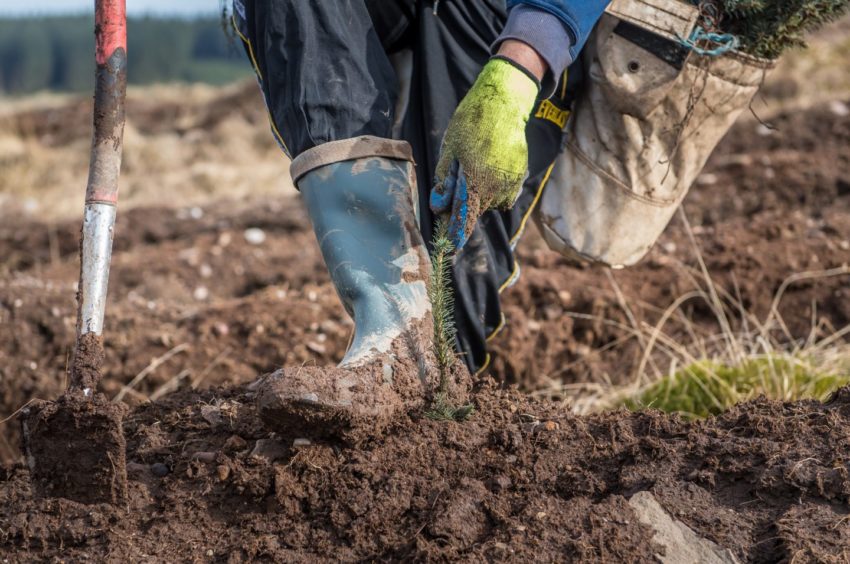Climate change, net-zero and biodiversity targets have dominated farming seminars this week as leaders negotiate the industry’s role in helping to tackle global issues.
The challenges of Brexit, labour shortages or even escalating fertiliser prices didn’t get a look in at this week’s union webinar which was a sharp focus on Scotland’s future farm policy and the gathering forces that are already beginning to reshape the industry.
Farmers or crofters who think they’ll be able to muddle along quietly for a few years, tinkering at the edges to meet revamped support schemes, would have had a rude awakening if they’d listened in to the discussion.
The webinar came with a public health warning of “dry matter content” but concluded with no one in any doubt that the Scottish Government’s current consultation on new policy will herald the most significant changes in land use in generations.
Any rural Rip Van Winkles still out there need a massive nudge.
The tone of the debate has changed, and the union’s previous raging that the government has been too slow in developing a road map appears to have been replaced with relief that in light of the pandemic and other disruption, the “business as usual” approach turned out to be the right one.
Rewards
That may be true, but while the details of support that will reward producers for sustainable food production and make progress towards climate change targets and biodiversity increases are still being thrashed out, there’s a sense that the carbon trading sharks and city investors already have their claws in the finite resource that is Scotland’s land – and farmers are in danger of missing the boat.
Because this week’s other striking seminar was on forestry.
There has always been an uncomfortable juxtaposition between farmers and foresters – not least in the tenanted sector – but attractive grants, government targets and the headlong rush to offset carbon means the hunger for planting and the speed of change is on a whole different scale from the past.
It’s true that Scotland will only benefit from more native and commercial woodlands, especially in some of the denuded deserts that constitute swathes of our uplands, but it’s also clear from the government’s consultation that multiple benefits are going to be asked of our land and its managers in future.
If we’re going to meet those demands we need safeguards to ensure the the family silver doesn’t continue to be traded away for a quick buck.

